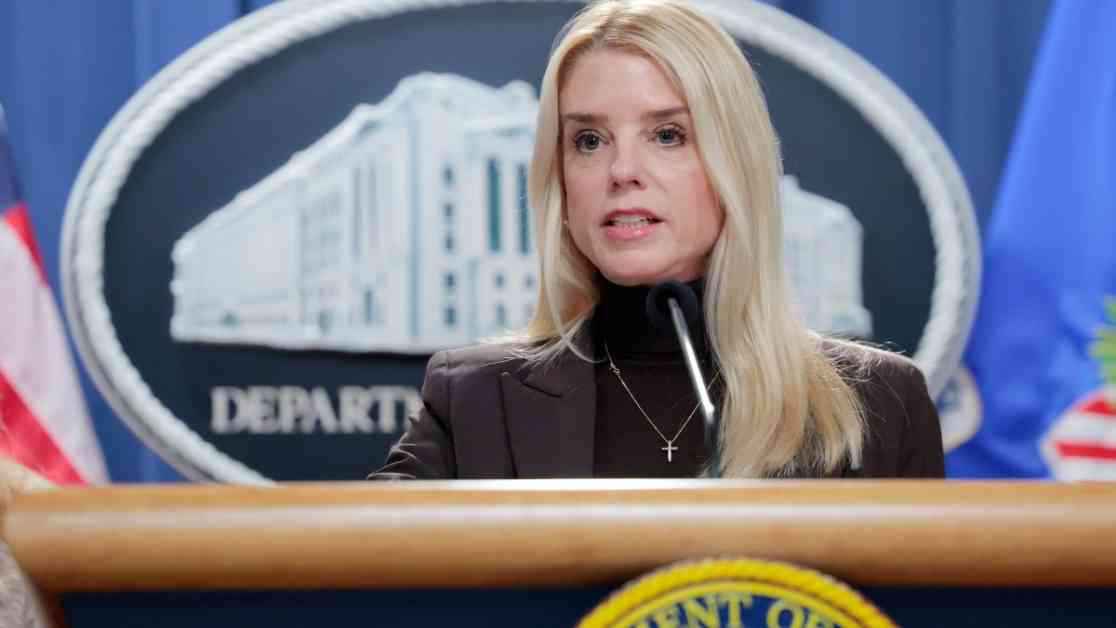The Department of Justice has recently made waves by terminating a number of immigration judges, throwing an already strained immigration system into further disarray during the Trump administration’s ongoing overhaul of the federal workforce. The exact number of judges impacted by these firings remains unclear, but they were reportedly enacted by the Acting Director of the Executive Office of Immigration Review at the Justice Department, the entity responsible for overseeing immigration courts.
Union Outcry and Presidential Campaign Promises
Over the course of the Trump administration, the union representing immigration judges has disclosed that more than two dozen judges, managers, and recent hires have been fired. Among those affected were five mid-level assistant chief immigration judges and 13 aspiring judges, as reported by the International Federation of Professional & Technical Engineers. Matt Biggs, the president of the IFPTE, expressed bewilderment at the contradictory nature of these firings, given President Trump’s campaign promises to crack down on immigration.
Since Trump took office in 2016, the administration has ousted at least four high-level managers in the Executive Office of Immigration Review, along with a fifth senior manager, according to the union. The recent wave of terminations includes Kerry Doyle, a recently appointed immigration judge who formerly served as deputy general counsel of the Department of Homeland Security under the Biden administration. Doyle, echoing the sentiments of many impacted by these firings, criticized the decision as ill-timed and politically motivated, especially in light of the monumental backlog of approximately 3.5 million pending cases in the Immigration Court system.
Case Backlog and Administrative Shakeup
The repercussions of dismissing immigration judges, particularly in the face of a ballooning case backlog, have raised concerns about the efficiency and fairness of the immigration system. The Congressional Research Service highlighted the record-high levels of enforcement encounters at the Southwest border in the past year, resulting in over 1.8 million new cases being filed. This surge of new cases pushed the total immigration case backlog to 3.6 million by the end of 2024, despite efforts by the Biden administration to streamline processing times by hiring more immigration judges.
Matt Biggs underscored the urgent need for additional immigration judges to address the mounting backlog, emphasizing that the bipartisan consensus supports the expansion of the judicial workforce. However, the recent wave of firings has only exacerbated the backlog, contrary to the administration’s purported aim of reducing it. The Trump administration has notably prioritized bolstering staff to facilitate mass deportations, a strategy that aligns with Trump’s vow to expel millions of undocumented individuals from the country.
The firings at the Department of Justice coincide with a broader trend of upheaval in the federal workforce under the Trump administration. In a departure from customary transitions between administrations, the Department of Justice has terminated numerous politically appointed U.S. attorneys, further contributing to the sense of instability and uncertainty among federal employees. The recent dismissal of career lawyers involved in cases related to Trump’s alleged election interference underscores the sweeping changes underway within the Department of Justice.
The Trump administration’s aggressive reshaping of the federal workforce has extended to various agencies and departments, with the Department of Government Efficiency, led by Elon Musk, spearheading efforts to restructure entities like the U.S. Agency for International Development and the Consumer Financial Protection Bureau. The administration’s mass buyout plan, coupled with directives to terminate probationary employees, reflects a broader strategy to realign the federal workforce and streamline operations.
As the dust settles on these firings and the broader reshaping of the federal workforce, the implications for the immigration system, judicial efficiency, and overall governance remain to be seen. The Department of Justice and Department of Homeland Security have yet to provide a response to the recent terminations, leaving many questions unanswered. The evolving landscape of immigration policy and enforcement in the United States underscores the complex interplay between political agendas, administrative decisions, and the pursuit of justice.


